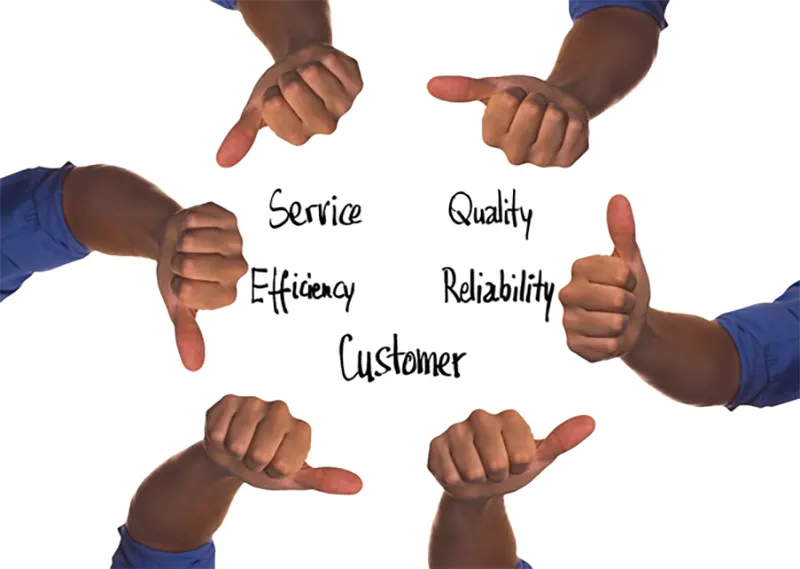
Best Practices for Integrating Technology into Business Operations
In today’s rapidly evolving business landscape, the successful integration of technology into business operations has become a critical strategic imperative for companies aiming to enhance efficiency, productivity, and competitiveness. From automation to data analytics, technology plays a transformative role in streamlining processes, improving decision-making, and driving innovation. To maximize the benefits of technology integration, businesses must adopt best practices that align technology initiatives with their overarching goals. Let’s explore some key best practices for effectively integrating technology into business operations:
Conduct a Comprehensive Needs Assessment
Before embarking on any technology integration effort, it is essential for businesses to conduct a thorough needs assessment to identify pain points, inefficiencies, and opportunities for improvement within their operations. By understanding the specific requirements and challenges faced by the organization, decision-makers can make informed decisions about the type of technology solutions that are best suited to address those needs.






